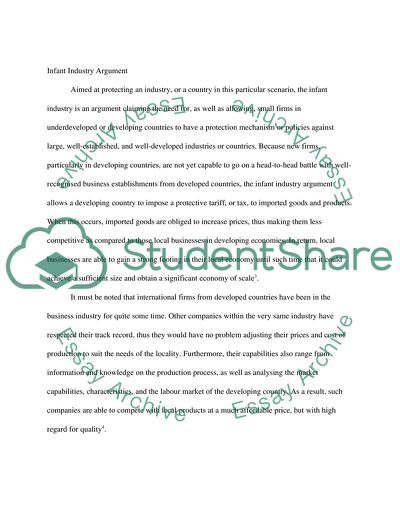Cite this document
(“Is Infant Industry in Vietnam A Good Idea Essay”, n.d.)
Retrieved from https://studentshare.org/macro-microeconomics/1539685-infant-industry-a-good-idea-a-case-study-of-vietnam
Retrieved from https://studentshare.org/macro-microeconomics/1539685-infant-industry-a-good-idea-a-case-study-of-vietnam
(Is Infant Industry in Vietnam A Good Idea Essay)
https://studentshare.org/macro-microeconomics/1539685-infant-industry-a-good-idea-a-case-study-of-vietnam.
https://studentshare.org/macro-microeconomics/1539685-infant-industry-a-good-idea-a-case-study-of-vietnam.
“Is Infant Industry in Vietnam A Good Idea Essay”, n.d. https://studentshare.org/macro-microeconomics/1539685-infant-industry-a-good-idea-a-case-study-of-vietnam.


